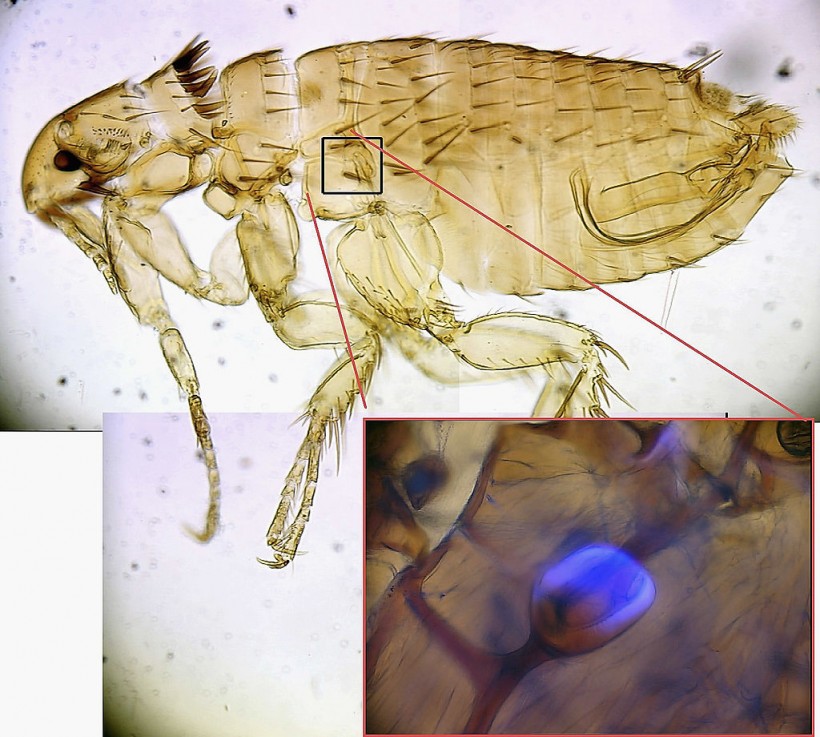Water fleas are tiny crustaceans that live in freshwater habitats, such as ponds, lakes, and streams. They are also known as Daphnia, which is the most common genus of water fleas.
Water fleas are important for the aquatic ecosystem, as they feed on microscopic particles of organic matter and serve as food for fish and other animals.
They are also useful for humans, as they can help us understand the effects of environmental pollutants and diseases on living organisms.
Water fleas as bioindicators of water quality
 (Photo : CSIRO via Getty Images)
(Photo : CSIRO via Getty Images)

Water fleas are very sensitive to changes in water quality, such as temperature, pH, oxygen, salinity, and chemical contaminants.
They can respond to these changes by altering their behavior, morphology, physiology, reproduction, and genetics.
For example, some water fleas can grow protective spines or helmets to defend themselves from predators or parasites.
Some water fleas can also switch from sexual to asexual reproduction when the environmental conditions are unfavorable.
These adaptations make water fleas ideal bioindicators of water quality, meaning that they can reveal the health and status of the aquatic environment by their presence, absence, or characteristics.
Water fleas are widely used by scientists and environmental agencies to monitor and assess the effects of various pollutants on freshwater ecosystems.
For instance, water fleas can be exposed to different concentrations of metals, pesticides, pharmaceuticals, or microplastics in laboratory experiments or field studies.
The effects of these pollutants on water fleas can be measured by observing their survival, growth, reproduction, behavior, gene expression, or molecular markers.
These data can then be used to evaluate the toxicity and risk of the pollutants for the aquatic biota and human health.
Also Read: Water Fleas Adapt to Climate Change Using Genetics
Water fleas as models for human diseases
Water fleas are not only useful for studying the environmental impacts of pollutants but also for understanding the mechanisms and treatments of human diseases.
They share many genes and biological pathways with humans, such as those involved in immunity, aging, cancer, neurodegeneration, and metabolism.
Although they have a short life cycle, they tend to have a large population size, a transparent body, and a sequenced genome, making them convenient and powerful models for human diseases.
In fact, water fleas have been used by researchers to investigate the causes and cures of various human diseases, such as Alzheimer's disease, Parkinson's disease, diabetes, obesity, cancer, and infectious diseases.
For example, water fleas can be genetically modified or treated with drugs to mimic the symptoms or effects of these diseases.
The responses of water fleas to these interventions can then be analyzed by using microscopy, molecular biology, biochemistry, or behavioral assays.
These experiments can help us discover new genes or drugs that are involved in the development or prevention of these diseases.
Water fleas are more than just simple aquatic animals. They are valuable tools for environmental monitoring and biomedical research.
By studying water fleas, we can learn more about the impacts of pollutants on freshwater ecosystems and human health.
We can also gain insights into the mechanisms and treatments of various human diseases. Water fleas may hold the key to a cleaner environment and better human health.
Related article: Amazing! Water Fleas Can Grow Armor, Weapons and Literally Transform Themselves For Battle
© 2024 NatureWorldNews.com All rights reserved. Do not reproduce without permission.





